At the Table With: Rachel Schwartzmann
Ft. breakfast and a rabbit named Pepper (+ a giveaway!)
(This giveaway is now closed! Congrats to our winner!)
At The Table With is a monthly interview series that explores creativity through the eyes of my friends (or people I would like to be friends with). This month’s guest is writer, creative consultant, and content creator (among many other things), Rachel Schwartzmann!
I’ve known Rachel—on the internet, at least—for over a decade. At first I came to Rachel’s Instagram for outfit inspiration, book recs, and peeks into her well-curated home, but I’ve stuck around all these years for her perspective on what it means to live an intentional, creative life. (I stay for all those other things, too—Rachel has great taste.) When we met, she was the founder of The Style Line, a media site dedicated to fashion and personal style, but she’s since gone on to explore slowness as a practice through her podcast and Substack, both called Slow Stories, and her book, Slowing.
Slowing is essential reading for any creative. Or, anyone looking for an interruption to life’s various antics and expectations, really. The book includes prompts and exercises meant to help the reader better understand themselves, their needs, and their own creativity. There are tips, suggestions, and thought starters from contributors throughout the book (including yours truly) that speak to building a practice that invites stillness and reflection.
But the book also includes personal stories and anecdotes from Rachel herself—stories about introversion, stories from childhood, stories about discomfort. If you’ve read Slow Stories, Rachel’s newsletter, you know how adept she is at narrowing in on one moment, one object, or one memory and inviting us into it—the book is like that, but behind the door is a whole house full of rooms to explore.
Slowing is the perfect thing to read as we slip into soup/sweater/staying in season. I can’t think of a better slowdown scenario than a big chair, a cup of tea, a moody candle, and a good book, so I thought I’d give away a little kit to set you up for exactly that. The winner will receive a copy of Slowing, a box of DOCTOR STOLBERG Rest + Digest tea (it’s honestly my favorite), and a candle from Hotel Lobby (the New York scent, in honor of Rachel’s answer below)! To enter, simply like this post and leave a comment sharing how you plan to slow down this season.
(US-based entries only—sorry international friends! You must be an À La Carte subscriber to win. Entries close at midnight PST on Monday, September 6th, 2025. Winner will be contacted via the email connected to their Substack account on Tuesday, September 7th, 2025.)
I asked Rachel a few questions…
Ali LaBelle: Tell me a little about yourself!
Rachel Schwartzmann: I always wanted to write, but I would say moving to New York City at age twelve allowed me to pursue my varied creative interests. I attended a performing arts high school as a dance major, dabbled in pre-college classes at renowned art schools around the city, and took my interest in fashion journalism to new heights when my high school-born style Tumblr evolved into a boutique content company that I ran for nearly a decade. It was an incredible opportunity, but it unfolded in an age where productivity and performance were considered key indicators of “success.” (Not to mention, I’d also gotten so far away from my original goal of becoming a writer!)
Right before the pandemic, I decided to close that business, begin writing and consulting as an independent creative, and focus on a podcast I’d started called Slow Stories (which now includes a newsletter). I initially wanted to speak with peers about slowness in the context of content and marketing, but as I cultivated my writing practice, it quickly became clear there was a much larger conversation to be had about time, creativity, and pace. Slow Stories ultimately laid the groundwork for my first book, Slowing.
These days, I’m still writing Slow Stories and freelancing for various brands. I’m also working on my first novel! I’ve been delighted and surprised by where that process has taken me, and I look forward to seeing how it comes together.
AL: September marked one year since Slowing was published! What does it feel like to look back at your journey? Can you tell us a little bit about the process of writing the book?
RS: I’m really proud that Slowing made its way into the world, especially given the conditions I encountered while writing it. (You can read all of my process diaries here.)
I mentioned this in one of my recent letters, but I think it’s applicable when speaking about my overall writing journey—and what’s next: With Slowing, I was writing towards light. Upward. With my novel, I want to plunge: not necessarily towards darkness but towards every other nerve ending that was once too fragile to be touched.
AL: We’ve known each other for a long time now—maybe 10 years?!—and I’ve really loved to watch how your creative perspective has evolved and solidified in that time. When you look back, what parts of yourself do you feel like have always been there, and what do you think has changed?
RS: I really love this question, and would say that while the mediums have changed over the years, my creative curiosity has endured. Moreover, I’ve never let my quiet nature deter me from asking the big questions—or going after what I want. (Fun fact, I was held back a year in pre-school after my teacher noticed I literally tiptoed around the classroom “like a baby ballerina.”) While those qualities might sound like they’re at odds with each other, there’s a singular power that comes with quietness, introversion—whatever you want to call it—especially in a world that rewards volume. In this way, my preoccupation with slowness has revealed itself in other forms throughout my life: attention, resilience, storytelling.
AL: I know a lot of self-employed creatives (myself included) find it really difficult to intentionally slow down. It always feels like there’s more to be done, something to improve on, an opportunity to pursue… What advice do you have for someone who struggles to find balance between keeping momentum and staying still?
RS: Nurturing your relationship with pace is a personal practice, and that often requires trial and error to find what works for you. (For me, storytelling is my preferred form of slowness. I always feel the most slow and present when I’m engaged with narrative—whether writing or reading.) At the end of the day, it also helps to remember that some periods require a certain level of urgency, and paying attention to the little things can help keep it all in perspective.
AL: In what environment do you feel most creative, or most like yourself?
RS: My neighborhood. I live right down the street from Prospect Park, and it’s a constant source of inspiration and respite. It’s interesting, though, this question is also coming at a time when I’m renegotiating what it means to feel at home—and sustain an environment that allows me to best live, work, and create in this current life chapter. We’ll have to check back in a year from now. :)
AL: What are you finding especially inspiring these days?
RS: The changing seasons. I adore autumn (and winter) and look forward to indulging in all of the seasonal splendors that come with this time of year.
AL: Let’s do a little visualization exercise! Imagine your dream dinner party. You can invite anyone (living or not, famous or not), serve anything, and host it anywhere. Where’s the party?
RS: We’re at my apartment in Brooklyn on a slightly overcast, crisp October morning—and we’re having a breakfast gathering! Even though I’m not a morning person (and trust me, I’ve tried to be), I just love breakfast.
AL: What are we having?
RS: There’s a variety of sweet and savory bites—think avocado toasts, egg dishes, fresh fruit, and stacks of fluffy pancakes. But the main attraction is a build-your-own bagel spread. We also have a mix of juice and espresso drinks. (Decaf, for me!)
AL: What’s on the table? How are you decorating?
RS: Since it’s breakfast, I’m keeping it simple for the most part and opting for statement mugs from artists like Workaday, Rachel Saunders, and Ginny Sims. I have pastry candles by Laila Gohar that I’ll include throughout the table. I’ve also been eyeing this flatware set from Lazy Jamie, which might be a fun touch.
AL: Who’s invited?
RS: A few friends! They each get a plus-one to invite their favorite writer or artist.
AL: What’s the dress code? What are you wearing?
RS: I’m all about sweater weather, so I’d like to say one of my babaà pieces.
AL: What music is playing?
RS: Calming jazz and ambient instrumentals.
AL: Quick-fire round. What’s your favorite scent or smell?
RS: Is it strange to say my rabbit Pepper’s hay?
AL: Last thing you read?
RS: Discontent by Beatriz Serrano.
AL: Favorite artist?
RS: Sharon Schwartzmann, who happens to be my incredible grandmother. I also really love Etel Adnan and Leanne Shapton.
AL: Comfort food?
RS: A bag of BjornQorn (or any savory snack, really).
AL: Something you bought recently?
RS: The Fall 2025 issue of The Paris Review.
Rachel, thank you so much for popping onto À La Carte! For more from Rachel:
Subscribe to her newsletter, Slow Stories.
Pick up a copy of Slowing—don’t skip page 208!
Follow Rachel on Instagram.
x
Ali
If you enjoy reading À La Carte (thank you!!!) and want to show your support for my work:
Throw a like or comment on this post
Share this post with someone who might be into it
And if you’d like to partner on an issue of À La Carte, shoot an email over to hello@alilabelle.co!
Notes of: Florals for Fall
This month’s mood board is inspired by fall florals, which are second only to spring florals when it comes to groundbreaking seasonal themes. I don’t actually have much to say on the subject—it’s an obvious pick. Flowers! They’re nice!
How to Dress Your Home Like a J.Crew Catalog (But Better)
Welcome back to Room Recipe, a column on À La Carte where we stare at an image of a room we love for a very long time, then break down its “ingredients” into specific items and themes. The goal is never to copy, but instead to get to the bottom of why certain rooms just *work* and to understand how we can translate that inspiration into real life.







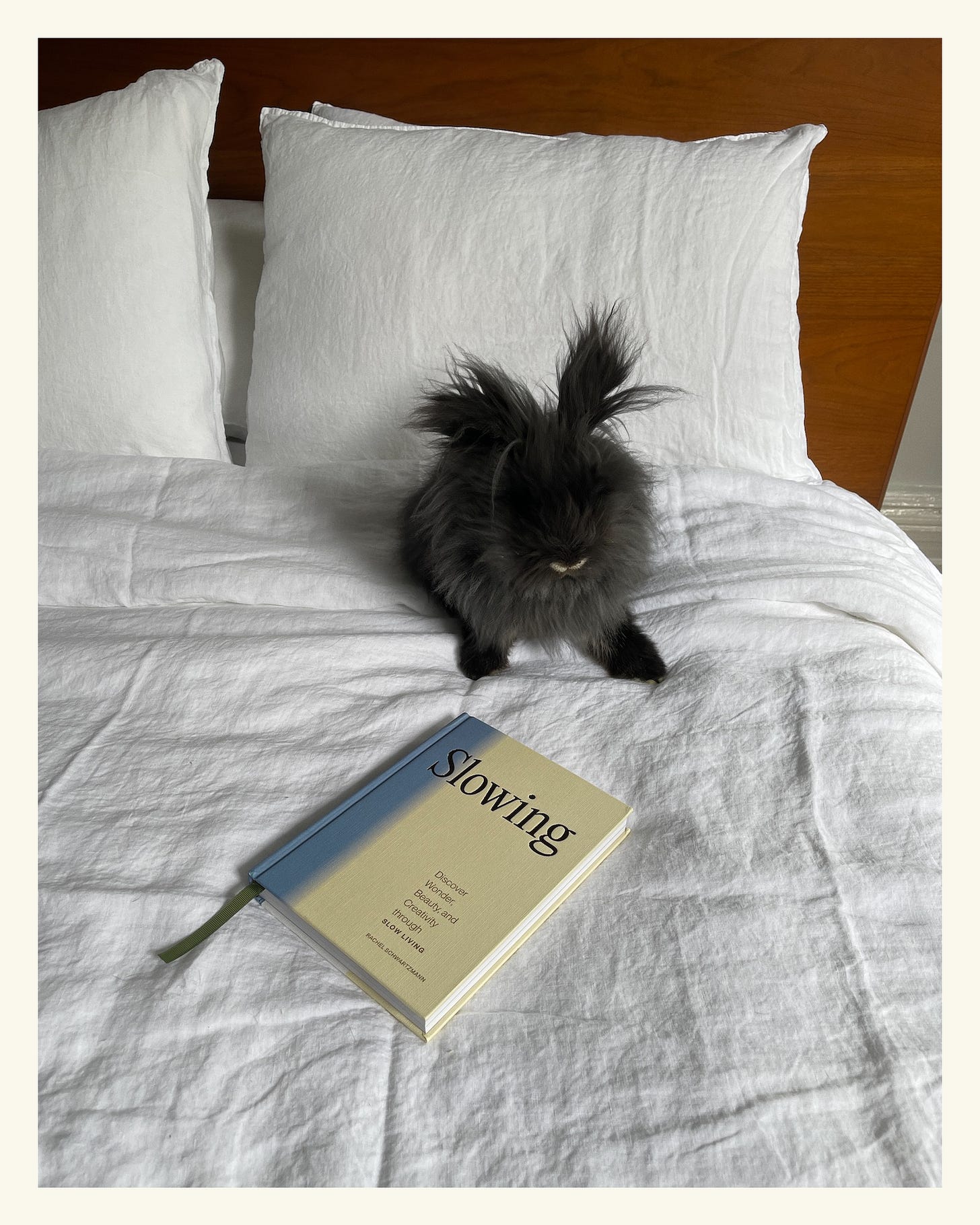

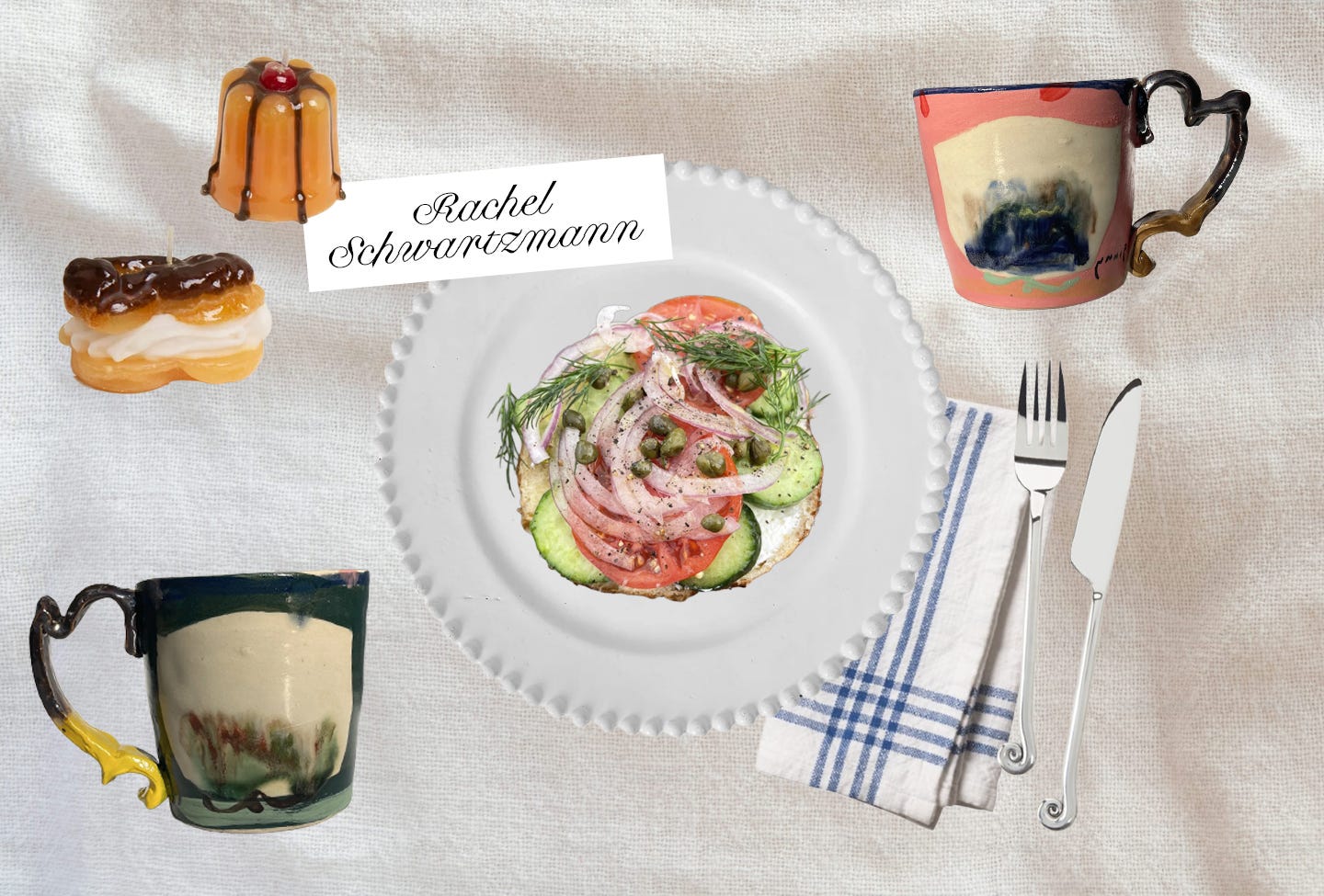
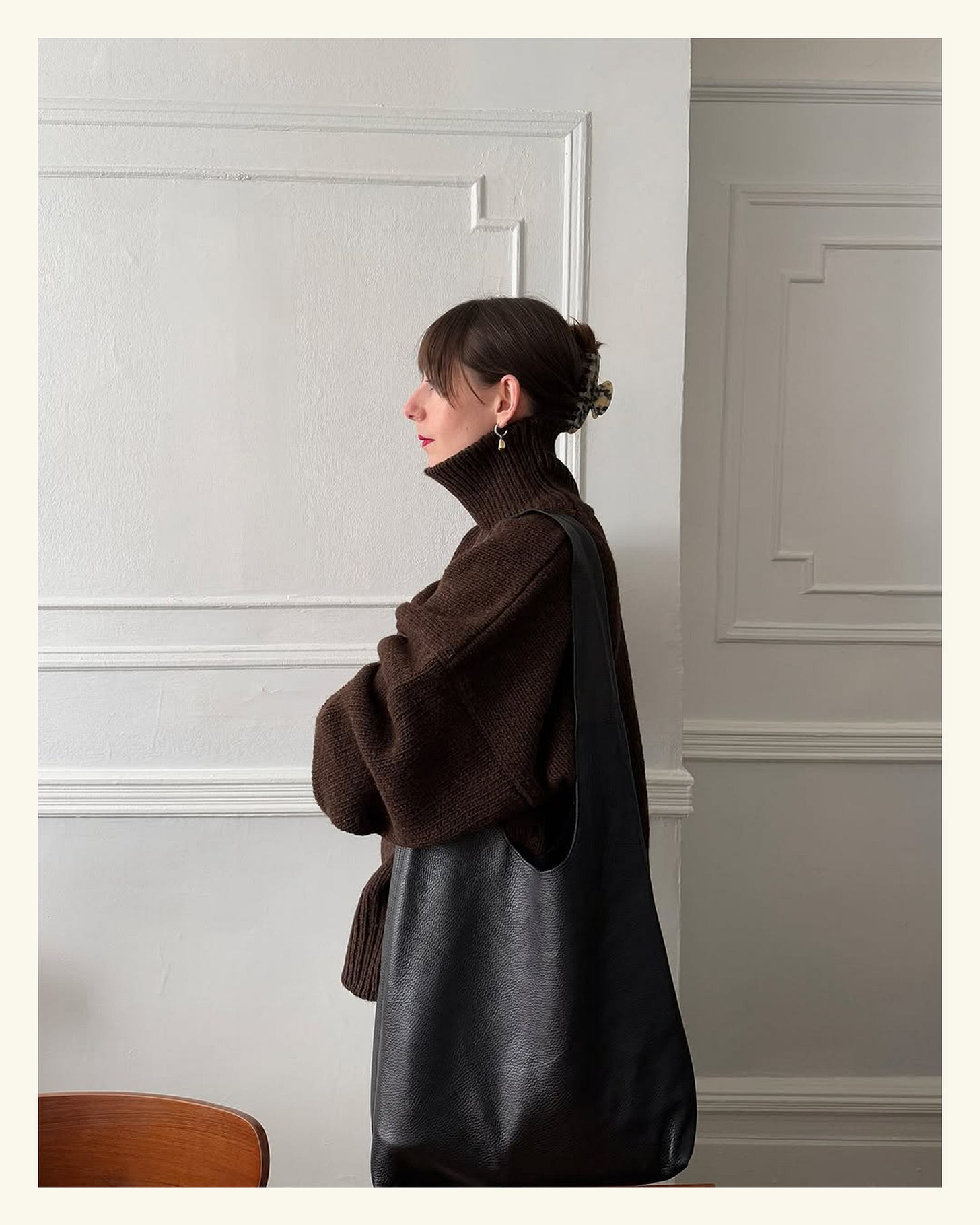
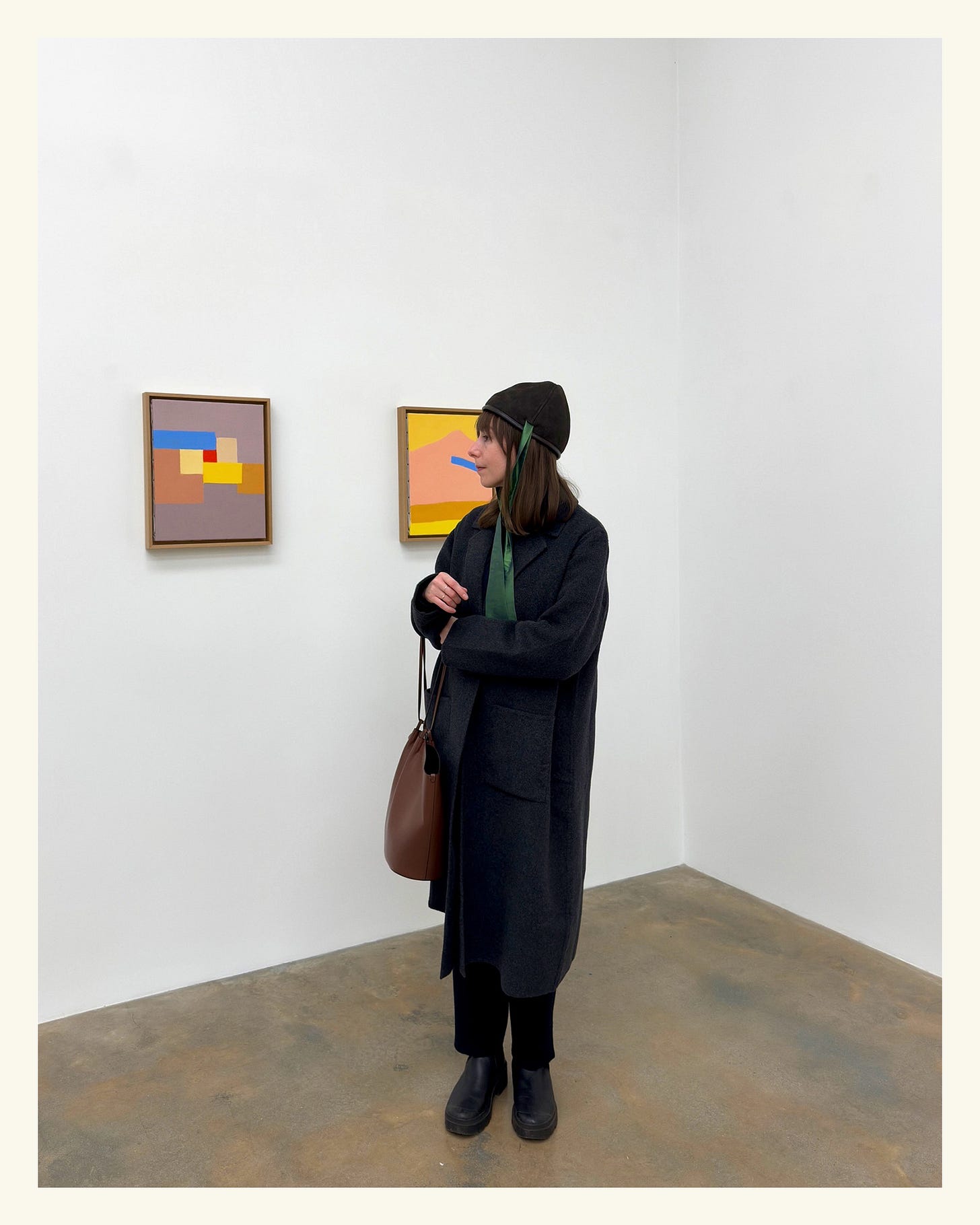
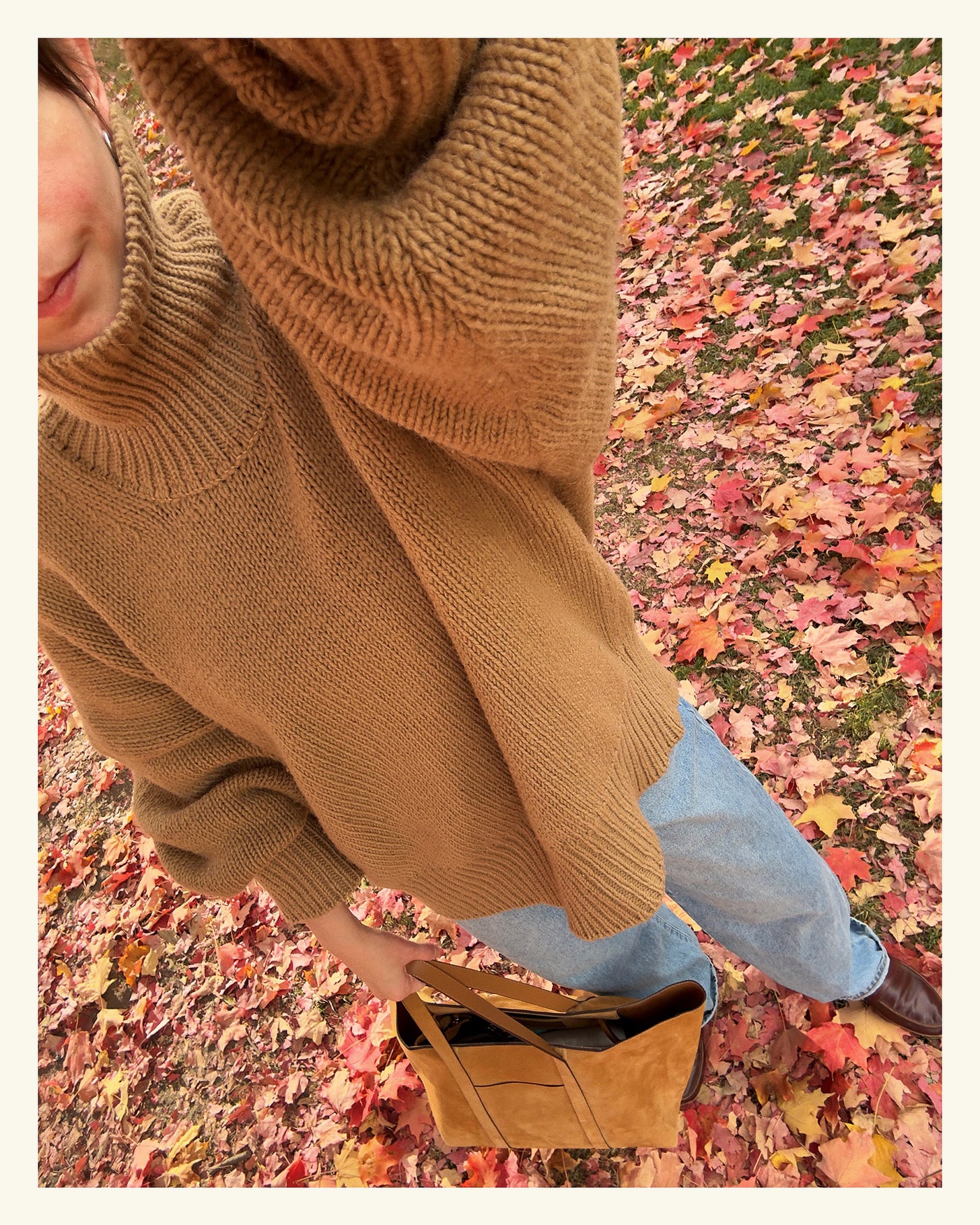


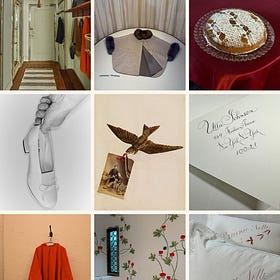
Reading first thing in the morning instead of scrolling
I’m slowing down by quitting my shitty job. I really enjoyed this post- thanks!